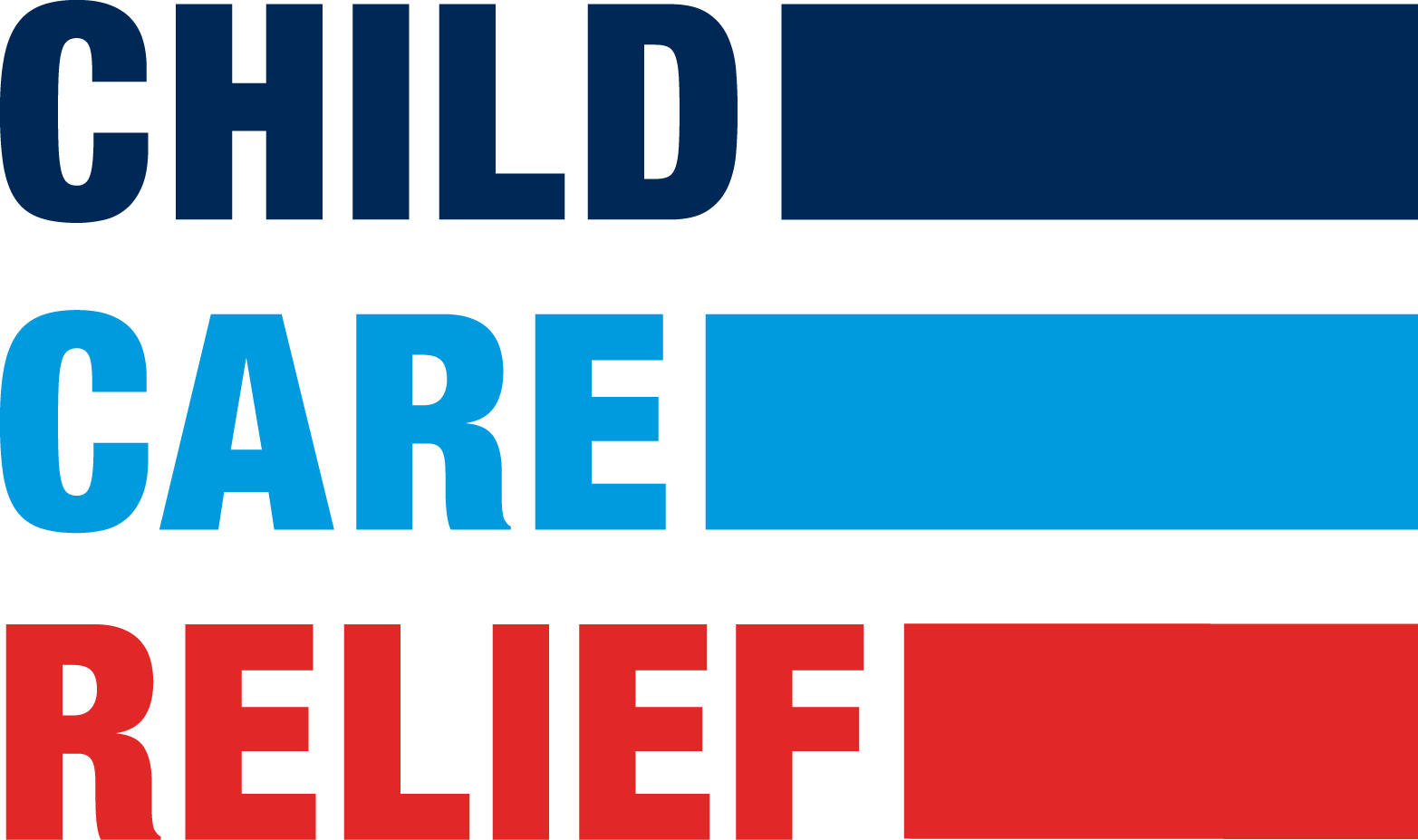
Congressional Leaders Unveil Year-End COVID-19 Relief Package with $10 Billion for Child Care
WASHINGTON – Moments ago, the Democratic and Republican leaders of the House and Senate released the final details of an end-of-year pandemic relief package, which includes $10 billion in funding to stabilize the child care industry.
Shortly after the onset of the COVID-19 pandemic, a coalition of the country’s leading child care, business, and child advocacy organizations came together to launch Child Care Relief—a campaign to ensure federal lawmakers prioritize and address the needs of child care providers and families in COVID-19 economic relief efforts – and beyond.
There has been universal agreement among lawmakers and voters alike that child care providers need relief, with emergency funding for child care included in every economic recovery proposal out of the House, Senate, and White House since Congress passed the CARES Act in March. Since then, lawmakers have failed to reach a deal on subsequent relief efforts until today. According to a national poll conducted in July, more than 8 in 10 voters favor a federal child care stabilization fund in the COVID-19 recovery package, with overwhelming support across partisan lines, generations, and genders.
COVID-19 has created an acute child care crisis for American families, providers, and businesses, but the pandemic is not fully to blame. In recent decades, the exponential increase in demand for quality child care has far outpaced the growth in supply, creating a significant financial burden for families who rely on care out of economic necessity. At the same time, child care is an expensive, specialized service to deliver, and providers must strike a hard balance of earning a profit while keeping care affordable for the families they serve. The average cost of center-based child care in America is close to $10,000 per year – more than in-state college tuition in a majority of states. This pandemic has only exacerbated the realities of a child care system that was struggling financially.
Without question, however, the pandemic has pushed the child care industry to the brink of collapse, creating a dire situation for child care providers, working families, and our overall economic recovery:
- Child care providers are facing a 47 percent increase in operating costs due to the pandemic while enrollment is down an average of 67 percent compared to pre-COVID levels.
- 70 percent of parents report that their child care programs are closed or are operating at reduced capacity, and 44 percent of parents found that the lack of child care resources was a barrier to remote or in-person work.
- About one in five working-age adults said the reason they can’t work is the disruption to their child care arrangements created by the pandemic. Among those not working, women ages 25 to 44 are almost three times as likely as men not to be working due to child care demands.
- 76 percent of mothers with children under age 10 say child care has been among their top three challenges during the pandemic.
